War Above the Trenches: Friedrichshafen FF33e
The Aircraft
The Friedrichshafen FF33 was a German single-engine, two-seater reconnaissance biplane with twin floats. It was designed by Flugzeugbau Friedrichshafen in 1914 for the Marine-Fliegerabteilung aviation forces of the Kaiserliche Marine.
The "e" type was the principal reconnaissance variant, powered by a Benz Bz.III inline engine. The type had longer floats than earlier variants, with the under-tail central float removed, and a radio transmitter installed instead of armament. About 180 were built.
Later versions included the reinstatement of machine gun armament and the capacity to maintain a moderate bomb load.
Post-War, the aircraft was in service in Finland and Poland until the early 1920s.
The Model
Techmod is known as a manufacturer of modelling decals. As far as I'm aware, the Friedrichshafen FF33e is the company's only venture into injection modelling, in 1/48 or any other scale. As well as the "in German service" version here (41101), there is a second model available, "in Polish service" (41102).
The model is moulded in a hard, shiny plastic, with large sprue gates, flash and heavy-handed details; there's a good deal of cleanup and the trailing edges need feathering to get a lighter, finer edge. In these terms, the kit is not dissimilar to a Roden kit of twenty years ago, or similar.
There is a small PE fret with details for windscreen frames and control panels, which look fine. The instructions are in colour, a booklet in CAD format, but with some errors, although in some cases the omissions may have been to simplify next-stage work.
There's one decal option, that of " Wölfchen ".
(During November 1916, the aircraft was loaded as deck cargo aboard SMS Wolf (Wolf IV) at Kiel. Nicknamed "Wölfchen" (Little Wolf or Wolf Cub) with fuselage number 841. Later, the fuselage had an iron cross marking of the German Empire with "841" and "Wölfchen" painted in black. It was piloted by Leutnant-flieger Matthaus Stein and observer/radio Oberflugmeister Paul Fabeck who also served as the mechanic.
On November 30, 1916 SMS Wolf departed on a voyage that lasted 451 days and spanned the Atlantic Ocean around the Cape of Good Hope to the Indian Ocean and then the waters off Australia, New Zealand, Papua New Guinea, Dutch East Indies and back around the Cape of Good Hope north into the Atlantic Ocean.
During the voyage, this seaplane was used with great success to scout targets and perform reconnaissance. During February, 1918, SMS Wolf arrived back at Kiel, completing the longest voyage of a German warship during World War I.)
It should be noted that the aircraft was also reported to have operated without any markings at all, with simply the Imperial German Battle Flag trailing from the rear, second-from-outboard struts on both sides of the aircraft, with the markings as listed above only added on the return of SMS Wolf to Kiel.
I was going to do the unmarked version and scratch the flags, but after seeing a reasonable archive selection showing various of these float planes with the Maltese Cross on a white field, as supplied, and with the "Little Wolf" markings too, I applied these, but the decals were brittle and the edges on the larger ones lifted even with setting solution.
The upper wing decals were misprinted. The white field, correctly, has a slanted edge rather than running straight to the wing's trailing edge, but one of these was printed with the slanted edge in the same direction as its opposite number. The kit supplied additionally four plain Maltese Crosses in the size of the main wing type (Not sure why; they're not even listed in the instructions.). To correct the decal fault on the upper wing, I masked and painted the white fields and used two of the MCs here.
Further, the day after application of the other decals I applied a thin brush coat of Future over all decals to protect them and the Little Wolf decals on the fuselage simply dissolved. So, only a generic Maltese Cross seaplane and not the 841 version, then. No matter, more like my original choice!
This is a cheap kit - less that £30. I didn't expect a lot, but had found that a Polish firm, PART, makes aftermarket PE for the kit, and I thought I'd given them a try.
I had a pack that included various items for the internal areas, and some external items, too. All items are well made, but easily two thirds not really necessary as they either are covered over or provide negligible detail; it would have been better to have produced a punchy 'zoom' set. A couple of examples are the crew cage which when built looks great on its own but which doesn't fit the fuselage, and the fuel tank which is a fiddly exercise in PE and then is completely obscured when the fuselage is closed (I just used the kit version.).
The other set I had was Wheel Type 1 (Yes, there is a WT 2 set as well.). It has sets of spokes for a metal rimmed, non-tyre version of the wheels x4, and some cleverly designed PE representing box-frame supports for these under-float travelling wheels. There are also two 'carpenter's horses' for support at the underside of the floats to the front.
There should really also be another larger 'horse' with a jack mechanism which is placed under the mid area of the rear fuselage, but alas no. I had planned on scratching all three originally, but with the PE type used for the floats the larger one would stand out somewhat, as from plastic strip, so I left it.
I didn't use any of the PART wheel spokes. I wanted a spoked tyre version, and as there were no tyres in the kit, I had to order a double pair of resin tyres, with PE spokes, from HR Model.
The kit's Benz engine is poor. PART provides a little PE detail, but it's like tying a pretty bow around a brick. Instead I opted for a Karaya resin version, as a lot of the engine is above the cowling line (I hadn't realised how difficult it is to locate a 1/48 Benz Bz III on its own, so when I found the Karaya version, I bought two.).
So, two observations here. The first is that the PART products seem well designed and produced to a high standard, but I would question the extent of the selection provided. Secondly, as primarily a decal designer/manufacturer, Techmod should be ashamed of itself for passing the decals here as fit for purpose.
This is a large kit, even in 1/48 its three-bay structure gives it some presence. In service, these seaplanes were painted in a light blue, overall. I used Vallejo Model Air Light Blue (RLM 76) and Light Blue (RLM 65). Rib tapes are simulated with these colours, masked accordingly.
These aircraft operated in a marine environment and were known for their rough, dirty appearance, with repairs made using whatever was to hand. I've used various pigment dusts and graphite powder, rubbed into the painted surfaces, to affect the worn appearance of one of these seaplanes.
PART provides a number of plate-type rigging points, but I find these too problematic and so used Bob's Buckles instead.
This is another of my recent modelling explorations of lesser known WW1 subjects in 1/48. Not an easy build, but with due care and attention, an attractive model.
Here are a few images of the model, with further archive photos.
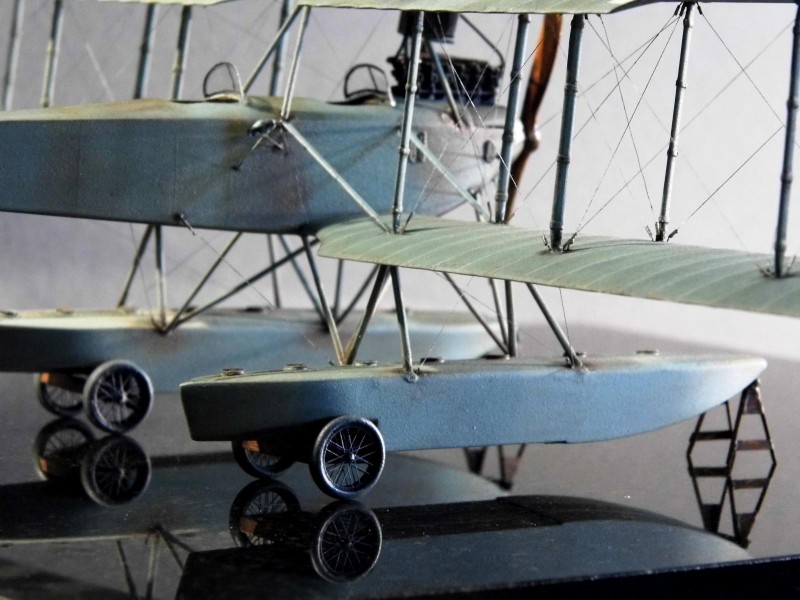
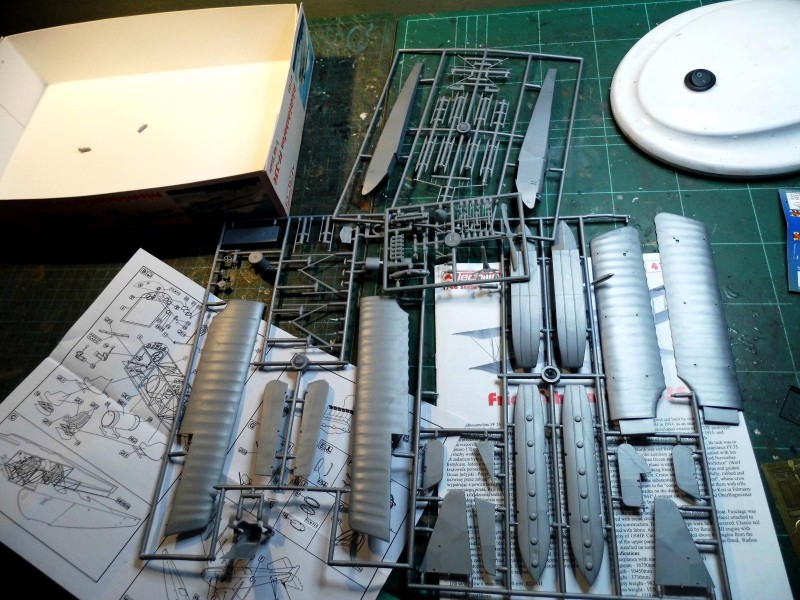
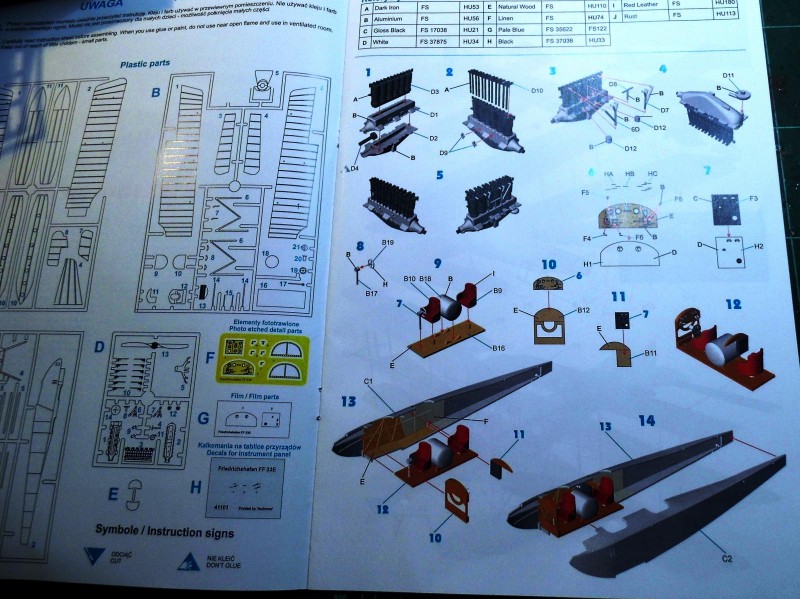
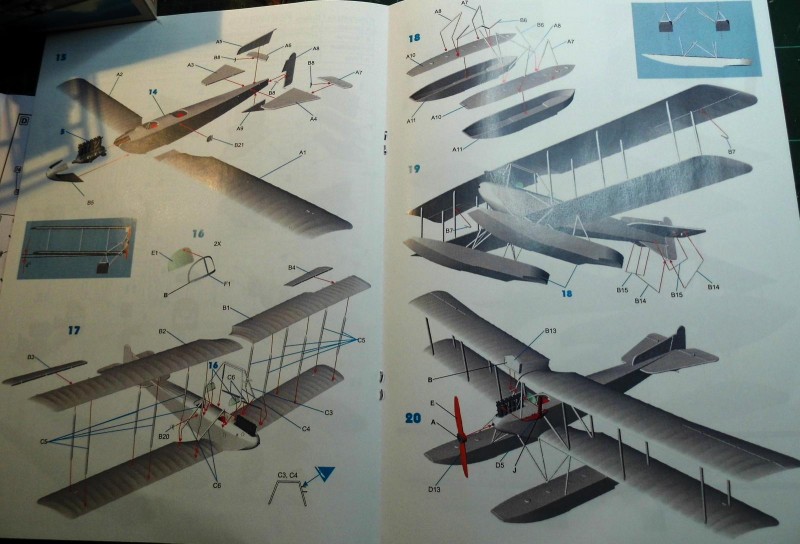
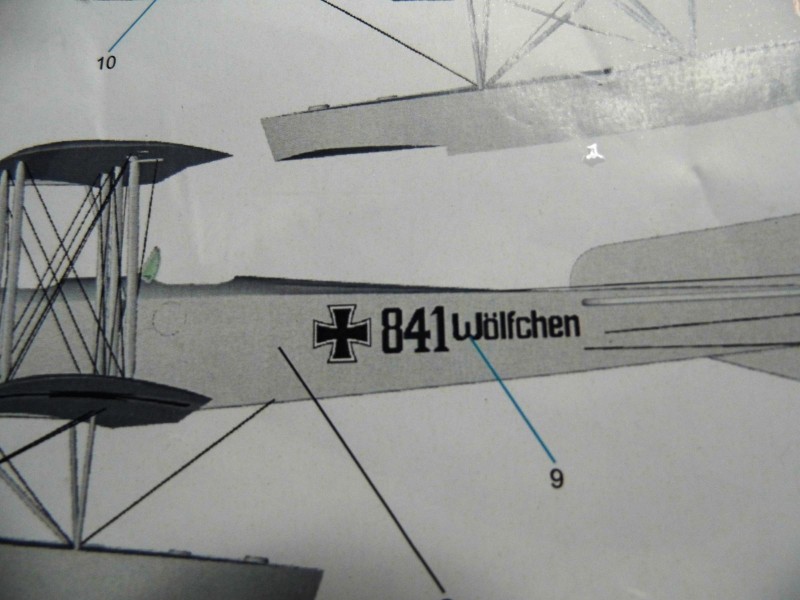
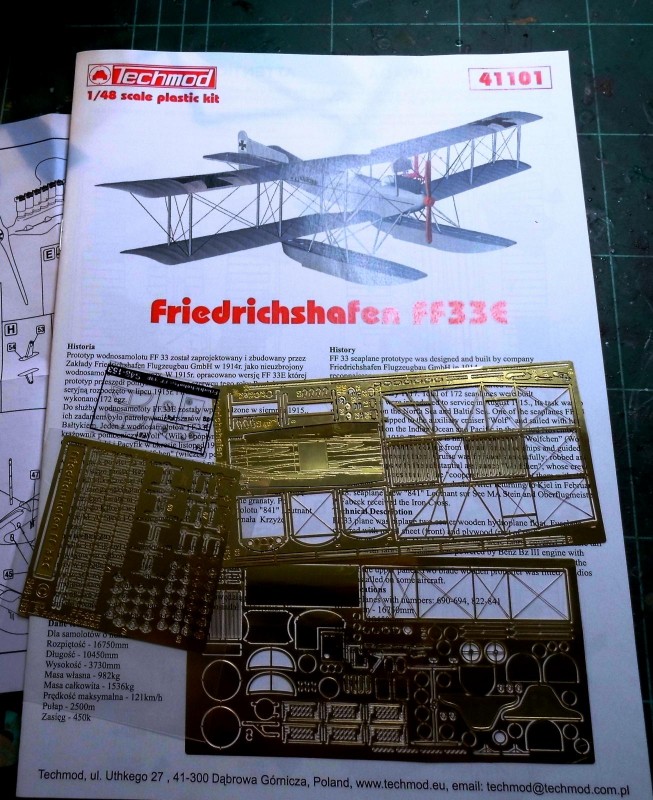
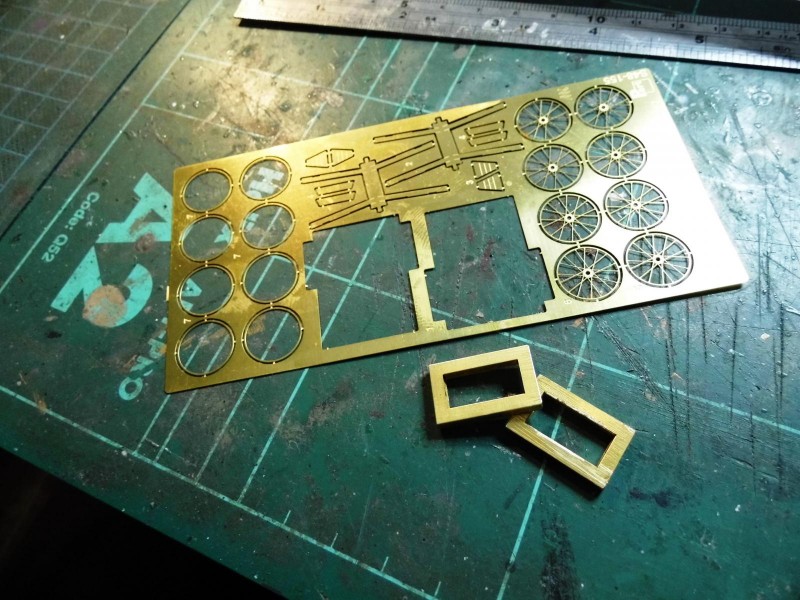

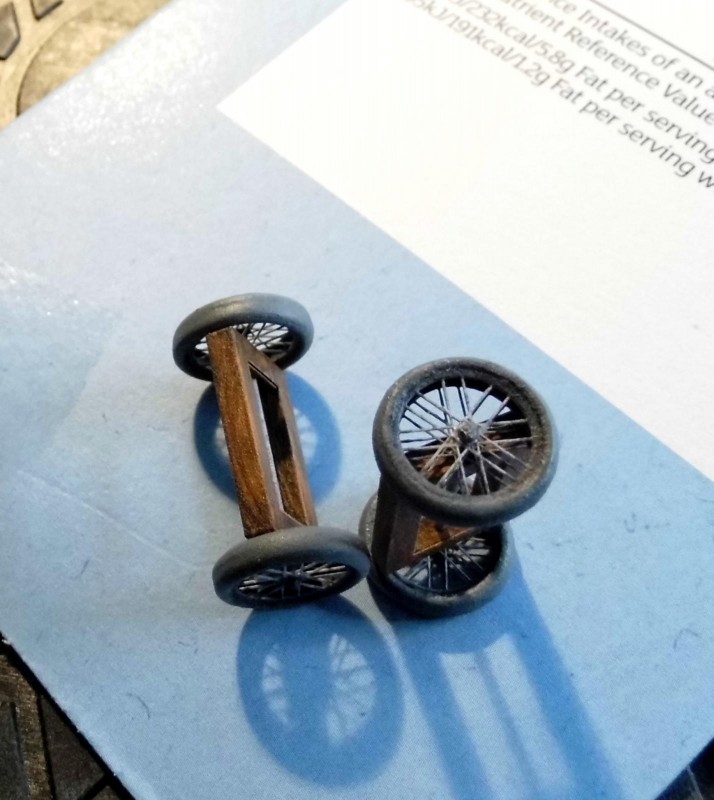
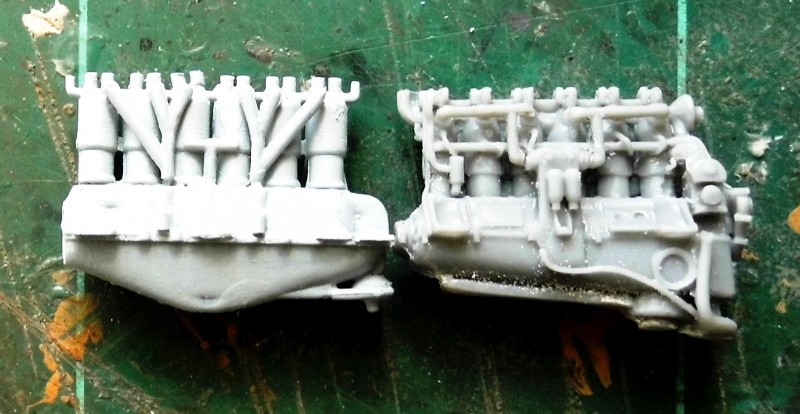
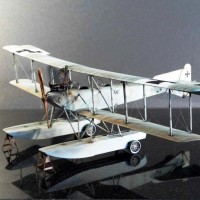
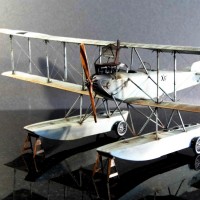
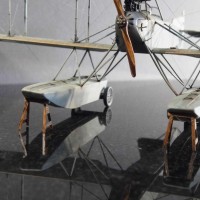

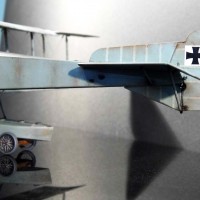
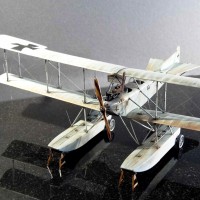

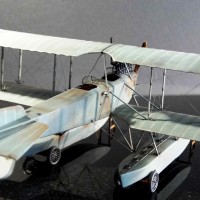
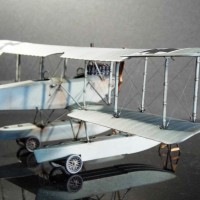
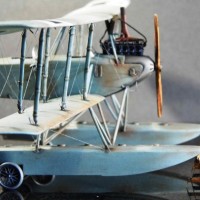
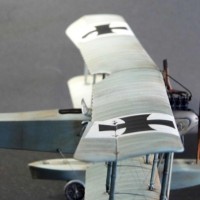
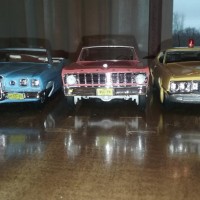
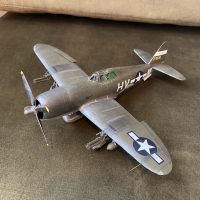
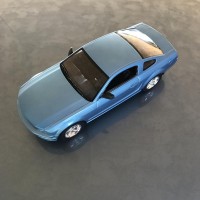
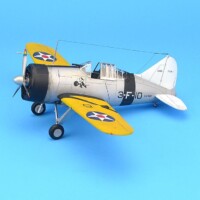
Really nice build Rob. Nice job with the photos as well, I like the reflection. Well done!
Thanks James.
Nice looking airplane. A lot of rigging, as I can see.
Yes, a couple of bits a little loose, I notice. Time to get out the hair dryer!
An exemplary result, sir...well done indeed.
Cheers, Craig.
Rob:
You've thoroughly demonstrated two things:
1.) I was absolutely right to abandon this kit and sell it off to another modeler.
Modelling by attrition.
This is another wonderful build Rob...
I don't know how you manage to get the rigging so perfect on all of your builds... but you do, and they always look fantastic. I especially like how you have incorporated the original era photos.
Well done my friend. 🙂
Far from perfect, but thanks, Louis,
Beautiful job! Very brave endeavor and it turned out fabulous!
Cheers, Paul.
Just another standout model Rob - I love it! I read The Sea Wolf last year about the exploits of this German raider, and it was quite the voyage! Nice to be able to connect your model to some recently-read history.
Thanks, Greg. I think you’re the first person I’ve heard of who has read The Sea Wolf. I’m pleased the build had some resonance for you.
A beautiful build! Your unusual choices of builds are a always pleasure to view.
Thanks, Robert.
Very nice build. This one's in my stash and I'm eager to get at it. I thought it looked nice enough in the box (famous last words.) From what I gathered, there's not much value in purchasing the PART PE set. Guess I'll just go OOB with it.
Well, Bill, the PARTS pack is, like the curate’s egg, good in parts. For what remains on view in the crew areas, the kit items are OK, but you’ll need to add belts; I had an Eduard set of German seat belts to hand, so used a couple of pair from that.
As noted the wheel set includes useful display items but you could scratch the horses anyway if preferred. There are no tyres in either the kit or PARTS selection so if you want travelling wheels of that type the HR Model set is as described. For a metal rimmed version the PARTS wheel set is suitable.
In 1/48, it’s the only choice on the market.
Good luck!